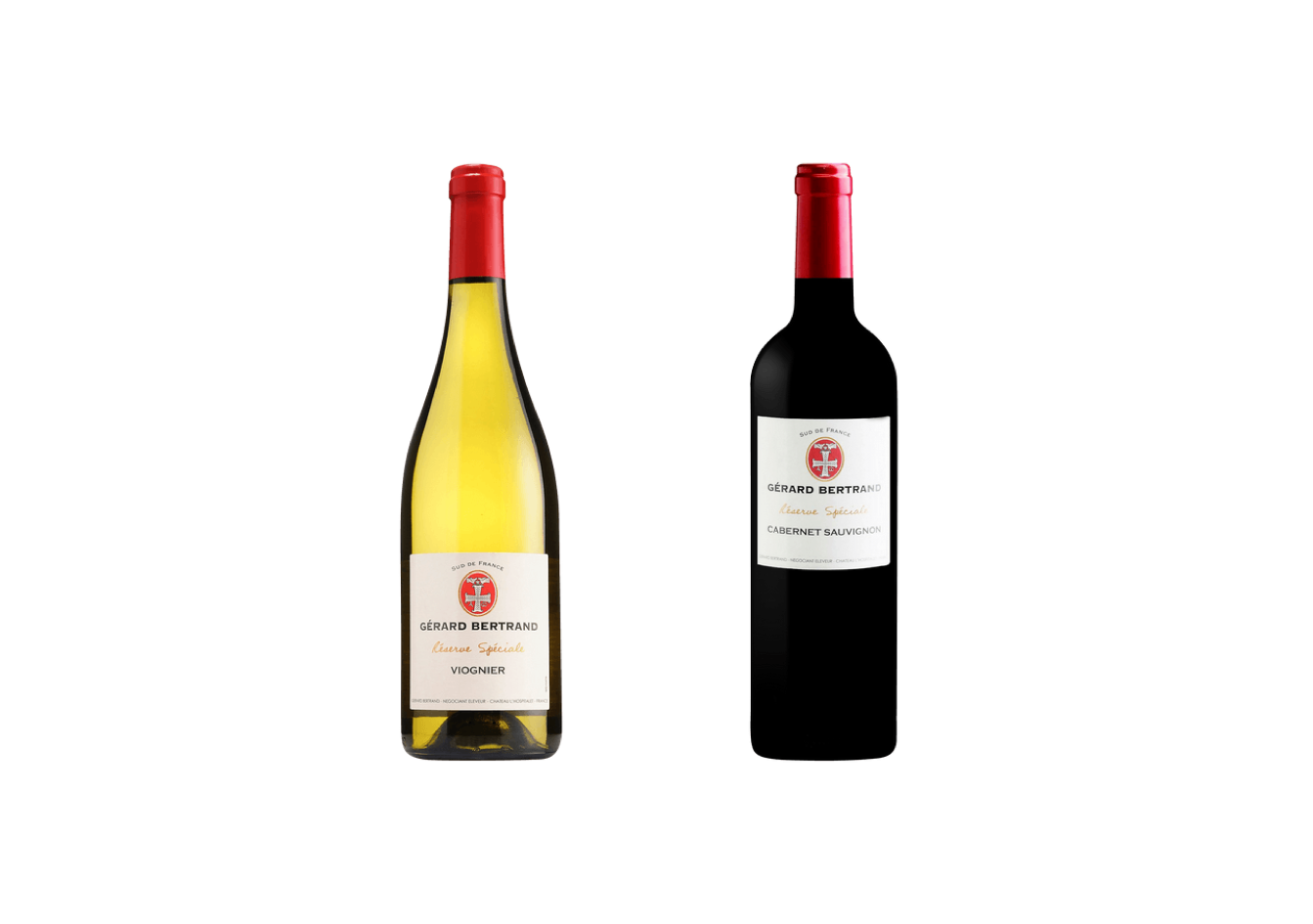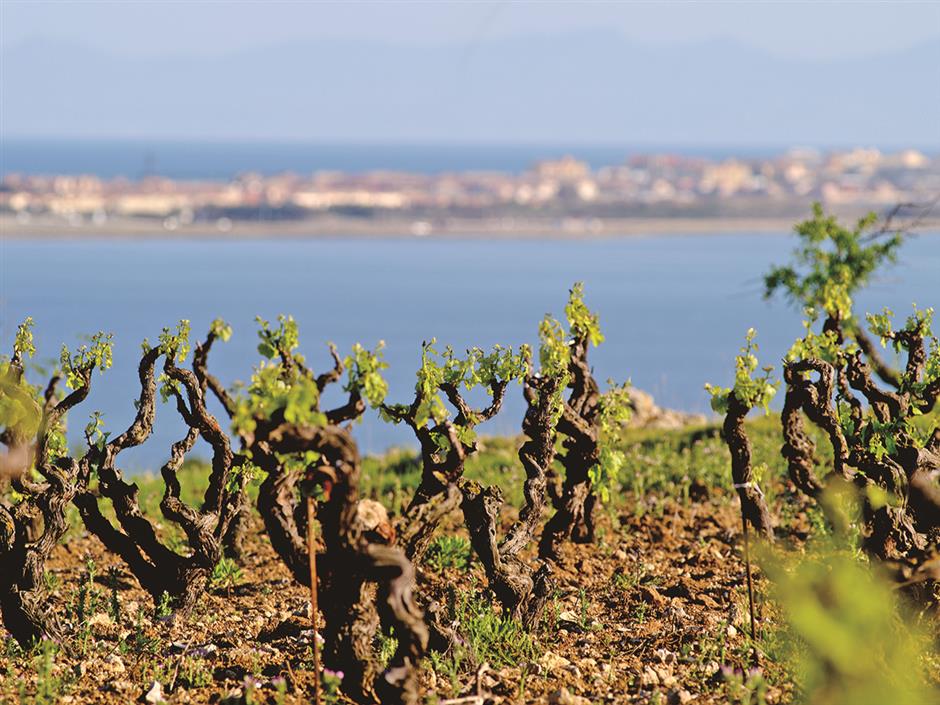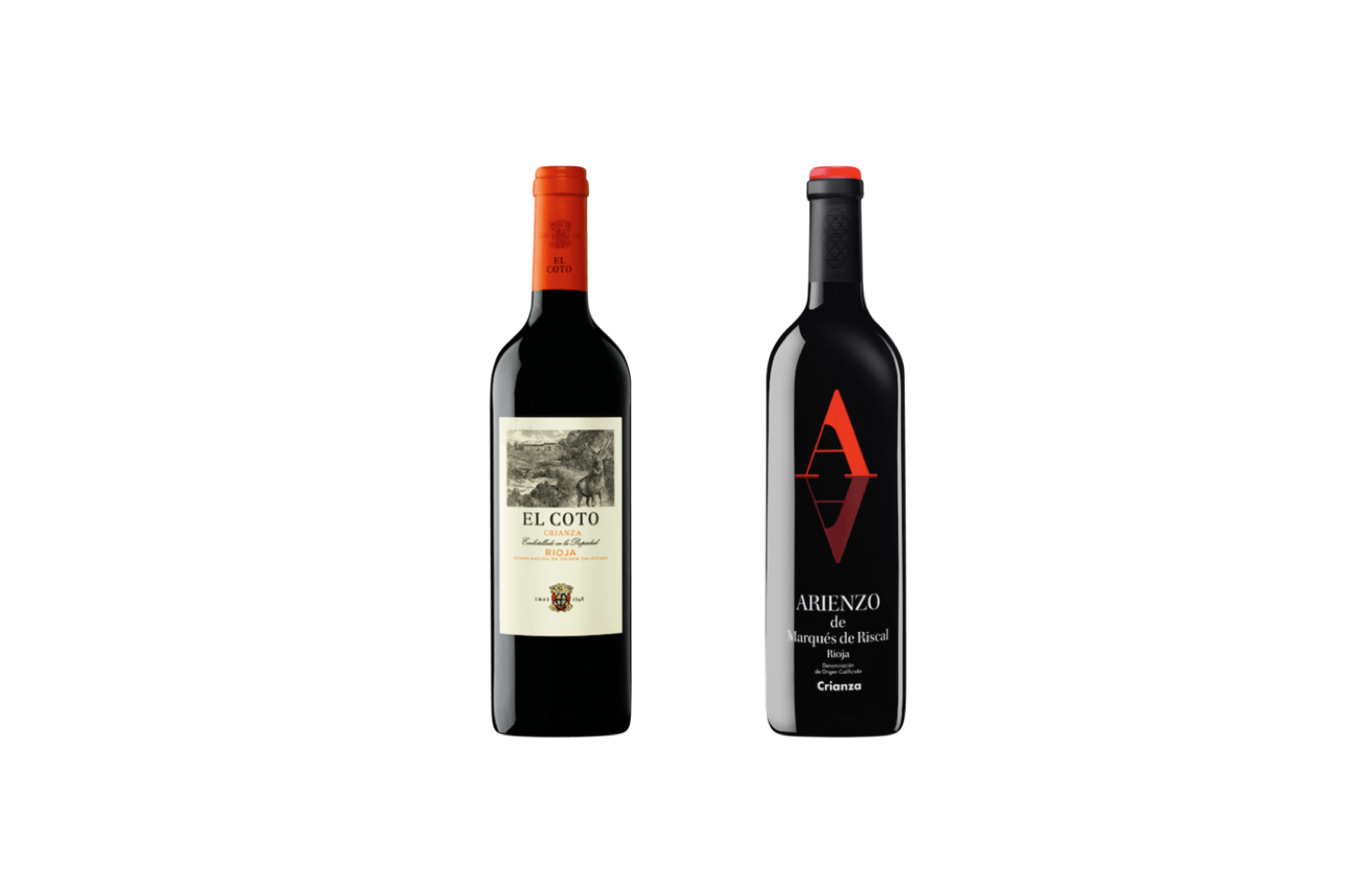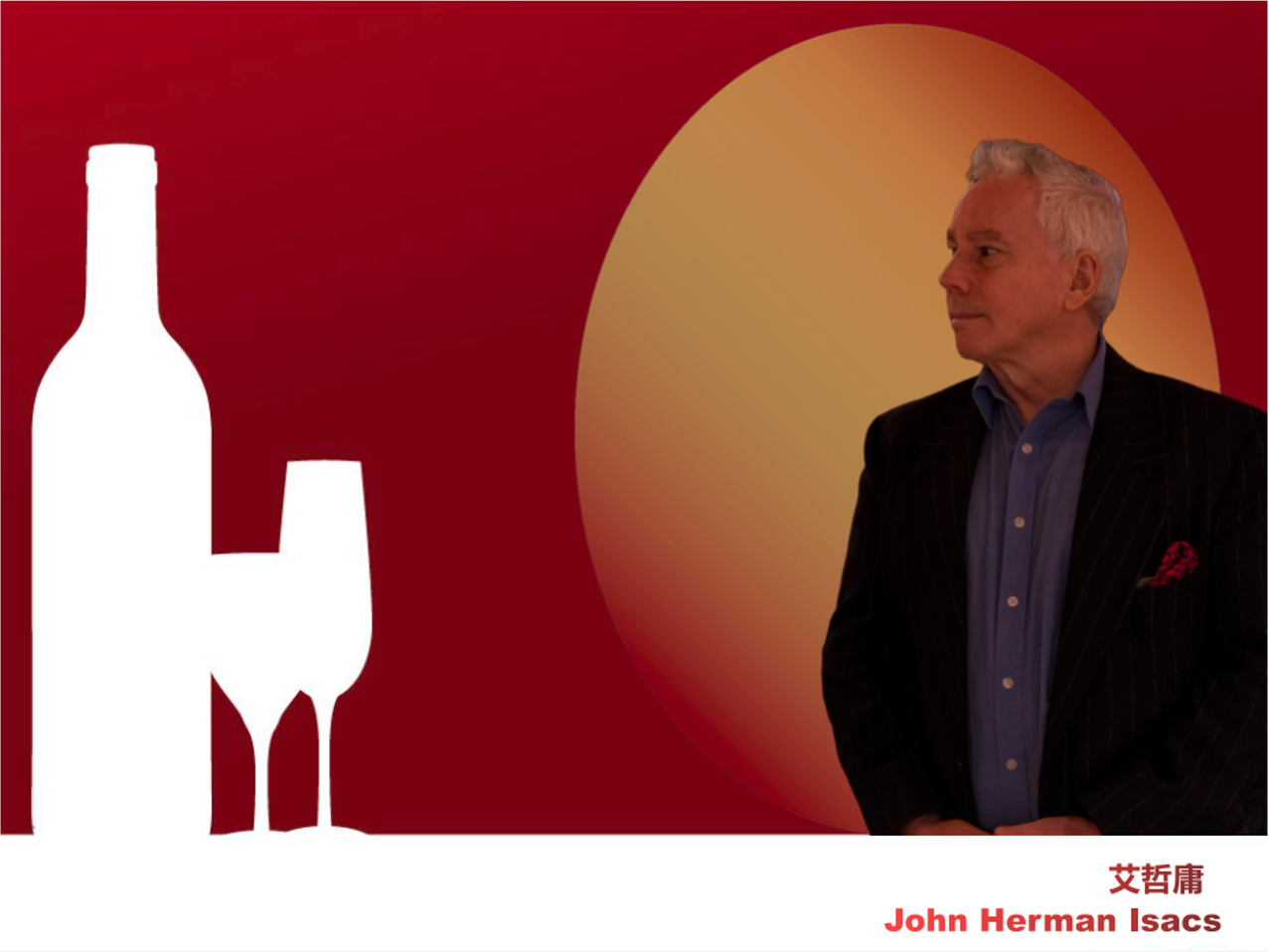What’s the most exciting and dynamic wine region of France? Reaching a consensus might be difficult but an excellent case could be made for the Languedoc AOC in the south of France. Formerly known for volume production of mostly undistinguished wines, this large region is now arguably the most progressive wine region in France. The wines of Languedoc are also some of the most affordable French wines with many delicious wines available here in Shanghai in the 100-300 RMB price range as well as super premium wines costing from 800 to 2,000 RMB. Wine lovers are increasingly discovering that wines from Languedoc routinely outperform similarly-priced wines from the more famous regions of Burgundy and Bordeaux.
Ripeness
The ability of Bordeaux and Burgundy to make many of the world’s greatest wines is undisputed, but their northern climates make the production of inexpensive wines more difficult. In many years it is difficult to winemaker to achieve adequate overall grape ripeness without quite a lot of selectivity. Simply put, this means it’s more difficult for these northern regions to make good inexpensive wines. Some Bordeaux and Burgundy producers have cited global warming and the resulting hotter vintages recently as a sign of hope but making good inexpensive wines in Bordeaux and Burgundy still remains a challenge. I often warn friends to beware of the numerous Bordeaux wines available in the local market with alcohol content under 12%. As the palates of local consumers mature these insipid and diluted wines are becoming a harder sell, especially when there are other good value French wines from regions like Languedoc on the market.
Sunshine and diversity
Languedoc has always had the weather and land to make excellent wines. The abundant sunshine and selected higher altitude vineyards that benefit from a combination of sea breezes and cooler evening temperatures only needed new investment along with dedicated and passionate winemakers to reach their potential. The soils vary from chalk, limestone and gravel in inland areas to more alluvial soils near the coast. Some of the most prized vineyards have large pebbles similar to those found in the Southern Rhone. The dry climate during the growing season also cooperates in the quest to make ever higher quality wines.
Today the region sports the widest variety of grapes in France ranging from classic Mediterranean red varietals like Grenache, Carignan, Cinsault and Mourvedre to what are now referred to as international varieties like Cabernet Sauvignon, Merlot and Syrah. Popular white varietals are Chardonnay, Viognier, Grenache Blanc and a wide range of others.
History
In the fifth century BC, long before the more famous wines regions of Champagne, Burgundy and Bordeaux cultivated wines, the Languedoc and Provence had thriving wine industries. The first to bring wines were Greek traders who discovered the region’s natural affinity for winemaking. For most of its history wines from the Languedoc region enjoyed a good reputation, however the advent of the Industrial Age in the late 19th century and demand for mass production of wines had a decidedly negative impact on quality. Enormous demand for cheap wines to fuel the thirsts of workers as well as the French soldiers in the early 20th century resulted in mass-produced, diluted wines. These factory wines for the masses were often blended with the heavy red wines of Algeria to give them more body. The result was over a century of very cheap, undistinguished wines that led to Languedoc being the single largest contributor to the European wine lake, a popular euphemism for excess wine that couldn’t be sold. Languedoc wines became associated with low-quality wines for domestic consumption, but thankfully this reputation was about to change.
Budget beaters
The unique and favorable climate of Languedoc along with recent investment in technology and more advanced winemaking and logistical equipment now enables producers in Languedoc to make some of France’s most affordable good wines. Unlike similarly-priced French wines of the north, these white and red wines offer good ripeness and concentration along with desirable freshness. Whether you’re looking for reasonably priced white or red wines, or even sweet and sparkling wines quality producers like Skalli, Solensea, Sieur d’Arques and B. P. Rothschild all make wines you can easily find in Shanghai.
Super-premium
Good value doesn’t always mean inexpensive. Some of the best value, high-quality wines are made in Languedoc. While by no means cheap, at similar or lower price points they routinely outperform well-known Burgundy and Bordeaux wines. A pioneer in the super-premium wine movement in the south of France has been Gerard Bertrand proprietor of the winery sporting the same name. A former top level rugby player in France, Gerard Bertrand owns seven estates in Languedoc that feature some of the best terrior each with its own distinct character. At a recent lunch with Gerard here in Shanghai we tasted two of his whites followed by three of his reds. The 2010 Reserve Speciale Viognier IGP Pays d’Oc was a lovely expression of the Viognier varietal with abundant fruit and floral aromas with good freshness, while his biodynamic wine the 2010 Domaine de Cigalus Blanc IGP Pays d’Oc was even richer on the palate with greater persistence. This blend of Chardonnay, Viognier and Sauvignon Blanc is one of the best Languedoc whites I have tasted recently.
Gerard’s reds were similarly delectable with the 2009 Reserve Speciale Cabernet Sauvignon IGP Pays d’Oc, the 2009 Parcelle La Viala AOP Minervois la Liviniere and the biodynamic 2010 Domaine de Cigalus Rouge IGP Pays d’Oc all exhibiting abundant elegant fruit flavors balanced by smooth palate-coating tannins and impressive length. In particular, the complexity and rich velvety texture of the Cigalus Rouge, a blend of Cabernet Sauvignon, Merlot and Syrah, was impressive. If you still think Languedoc only makes inexpensive quaffers, then a few sips of Gerard’s super premium wines will forever change your erroneous perceptions.
Other premium producers from Languedoc with wines available in China are Mas de Daumas Gassac, making elegant and age-worthy white and red wines, and Alain Chabanon, producing rich concentrated wines that are distinctly Languedoc in style.





